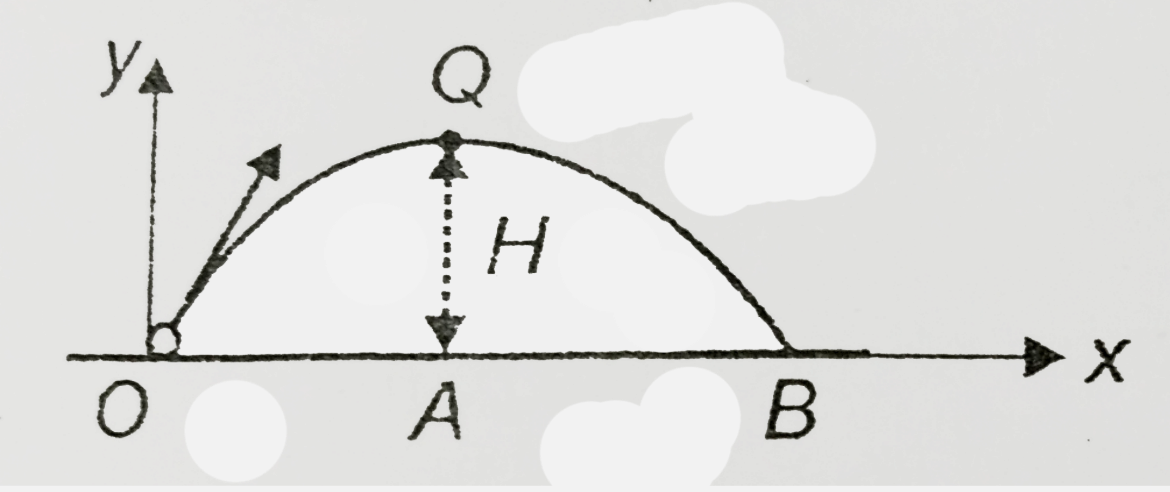In calcination, ore is heated with absence of air
The correct Answer is:T
Step by step video & image solution for In calcination, ore is heated with absence of air by Chemistry experts to help you in doubts & scoring excellent marks in Class 12 exams.
Updated on:21/07/2023Topper's Solved these Questions
- METALLURGYBook:ALLENChapter:METALLURGYExercise:EXERCISE -04
Explore 54 Videos
- METALLURGYBook:ALLENChapter:METALLURGYExercise:EXERCISE-05 [A]
Explore 11 Videos
- METALLURGYBook:ALLENChapter:METALLURGYExercise:EXERCISE-02
Explore 45 Videos
- ISOMERISM Book:ALLENChapter:ISOMERISM Exercise:MCQ
Explore 20 Videos
- MOLE CONCEPTBook:ALLENChapter:MOLE CONCEPTExercise:J-ADVANCE
Explore 2 Videos
Similar Questions
Knowledge Check
Assertion: Roasting is a process in which the ore is heated in presence of air Reason: Concentration of sulphide ore is done by calcination
AIf both assertion and reason are true and reason is the correct explanation of assertion .Bif both assertion and reason are true but reason is not the correct explanation of assertionCIf assertion is true but reason is falseDIf both assertion and reason are false.
Figure shows the path of a projectile thrown near the surface of earth in the absence of air resistance.

If the air resistances is taken into consideration , then
View SolutionIn the stages involved in the extraction of metals in general - give reasons for following
Roasting of the concentrated ore is carried out in the presence of excess air, while calcination of the concentrated ore in the absence or limited supply of air.
View SolutionFrom the list of term given, choose the most appropriate term to match the given desciption :
[clacination, roasting, pulverisation, emrlting] - (i) Crushing of the ore into a fine powder.
(ii) Heating of the ore in the absence of air to a high temperature.
View SolutionWhat happens when
(a) ZnCO3 is heated in the absence of oxygen?
(b) a mixture of Cu2O and Cu2S is heated?
View SolutionFrom the list of terms given, choose the most appropriate term to match the given description. (calcination, roasting, pulverisation, smelting)
1. Crushing of the ore into a fine powder.
2. Heating of the ore in the absence of air to a high temperature.
View SolutionConsider the following metallurgical processes :
(1) Heating impure metal with CO and distilling the resulting volatile carbonyl (BP43∘C) and finally decomposing at 150∘C to 230∘C to get pure metal.
(2) Heating the sulphide ore in air until a part is converted to oxide and then further heating in the absence of air to let the oxide react with unchanged sulphide.
(3) Electrolysing the molten electrolyte containing CaCl2 to obtain the metal
The processes used for obtaining sodium, nickel, and copper are, respectively
View SolutionConsider the following metallurgical processes:
(I) Heating impure metal with CO and distilling the resulting volatile carbonyl (b.p.43∘C) and finally decomposition at 150∘−200∘C to get the pure metal.
(II) Heating the sulphide ore in air until a part is converted to oxide and then further heating in the absence of air to let the oxide react with unchanged metal sulphide.
(III) Electrolysis of the molten electrolyte containing approximately equal amounts of the metal chloride and NaCl to obtain the metal.
The processes used for obtaining magnesium , nickel and copper are respectively.
View Solution